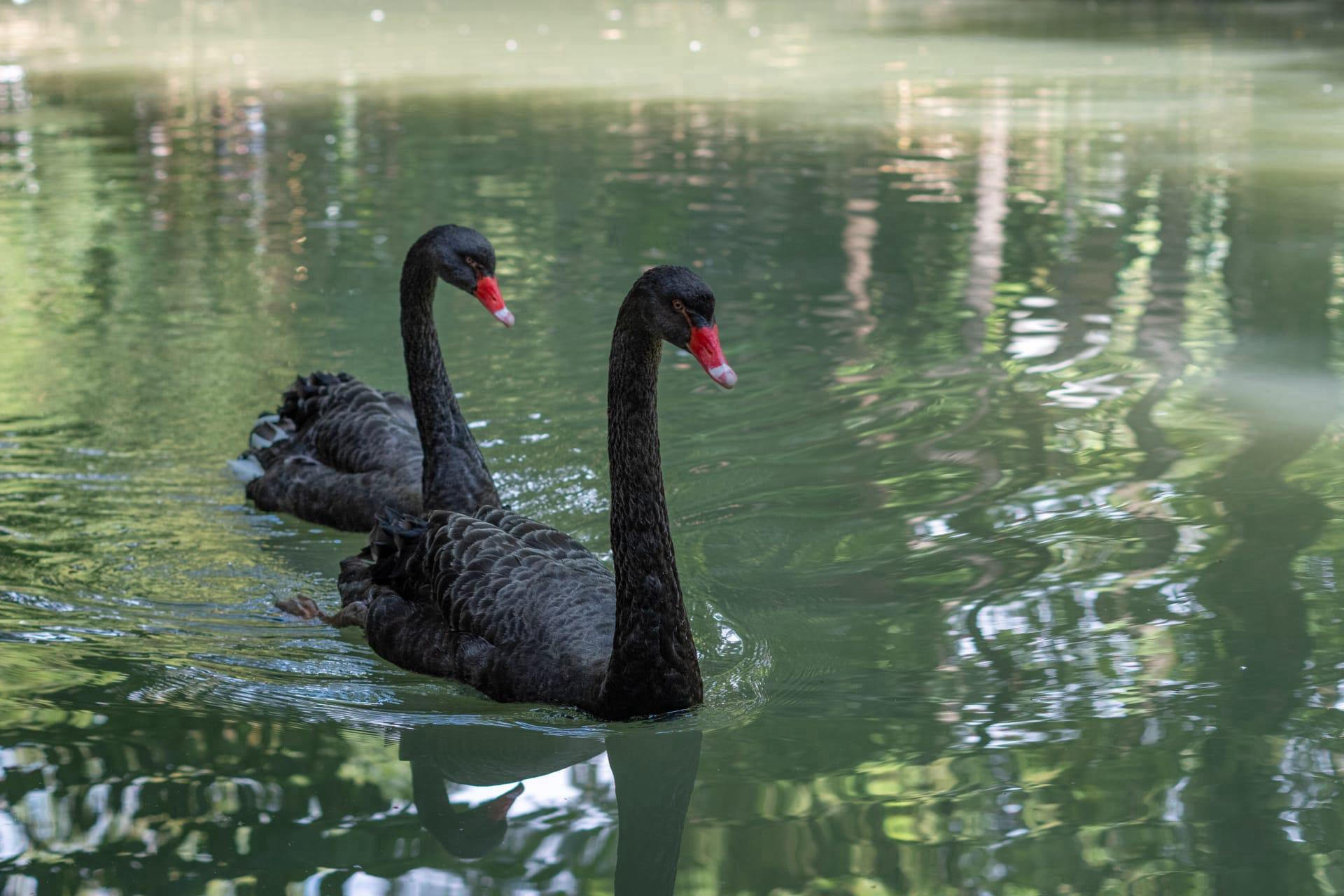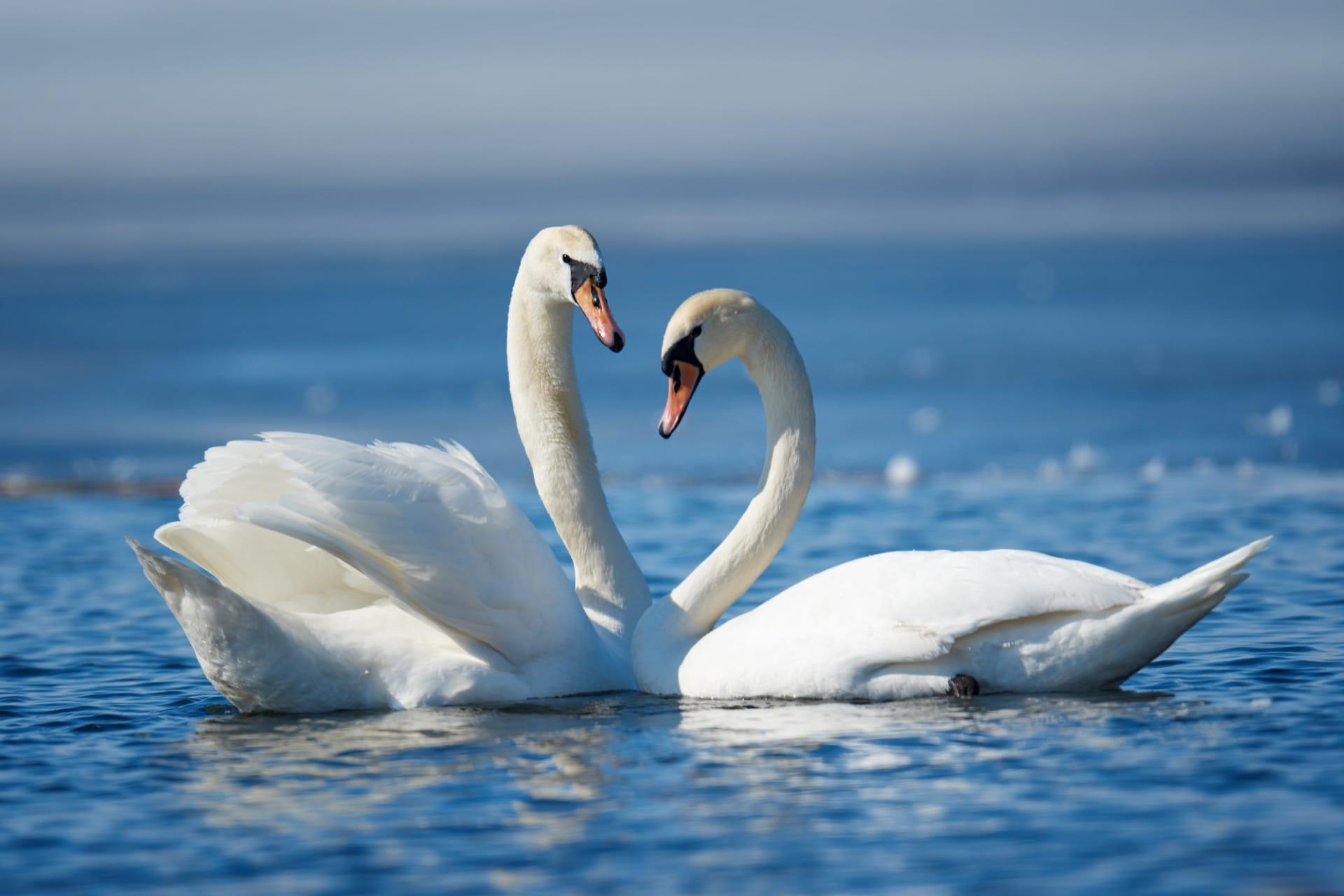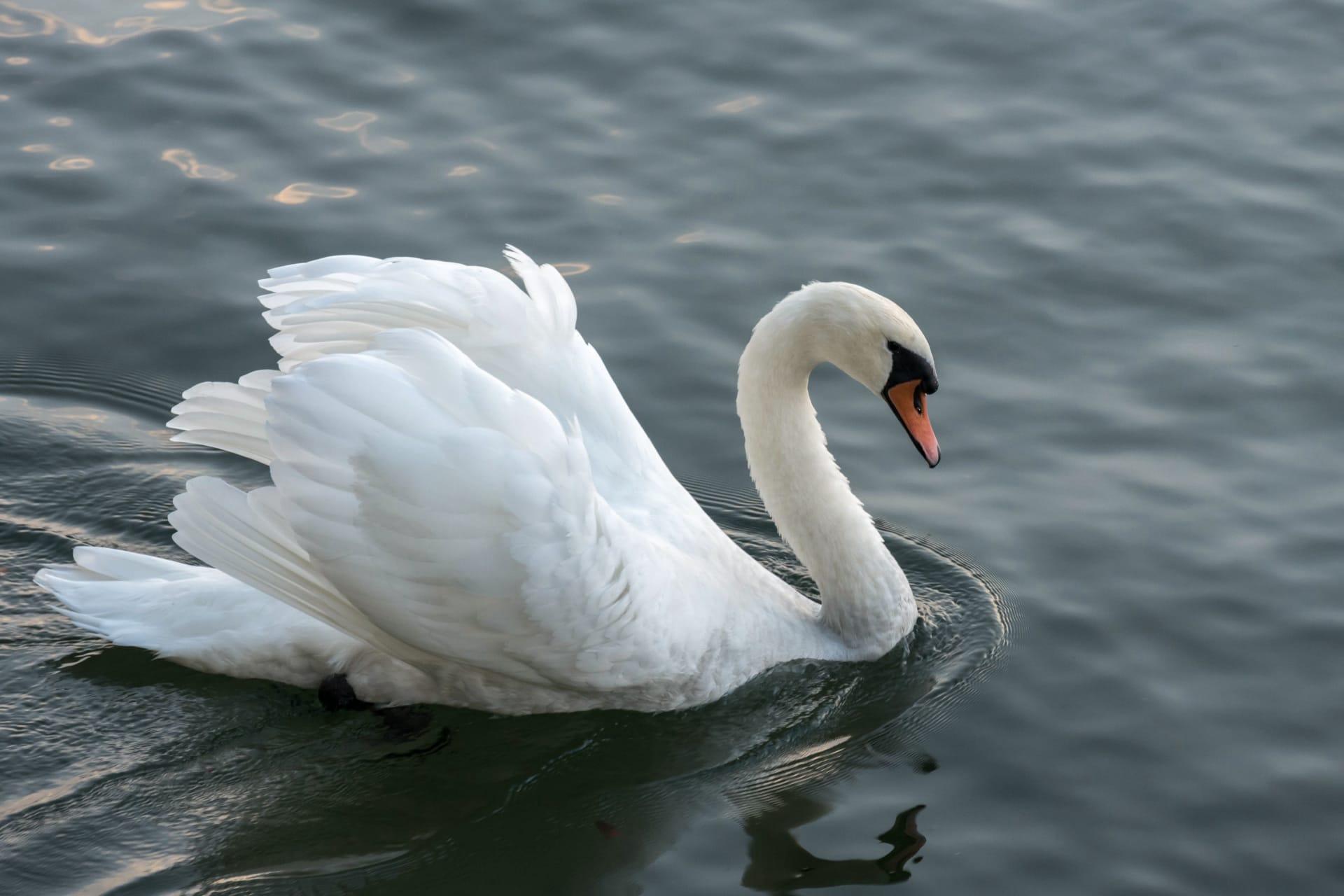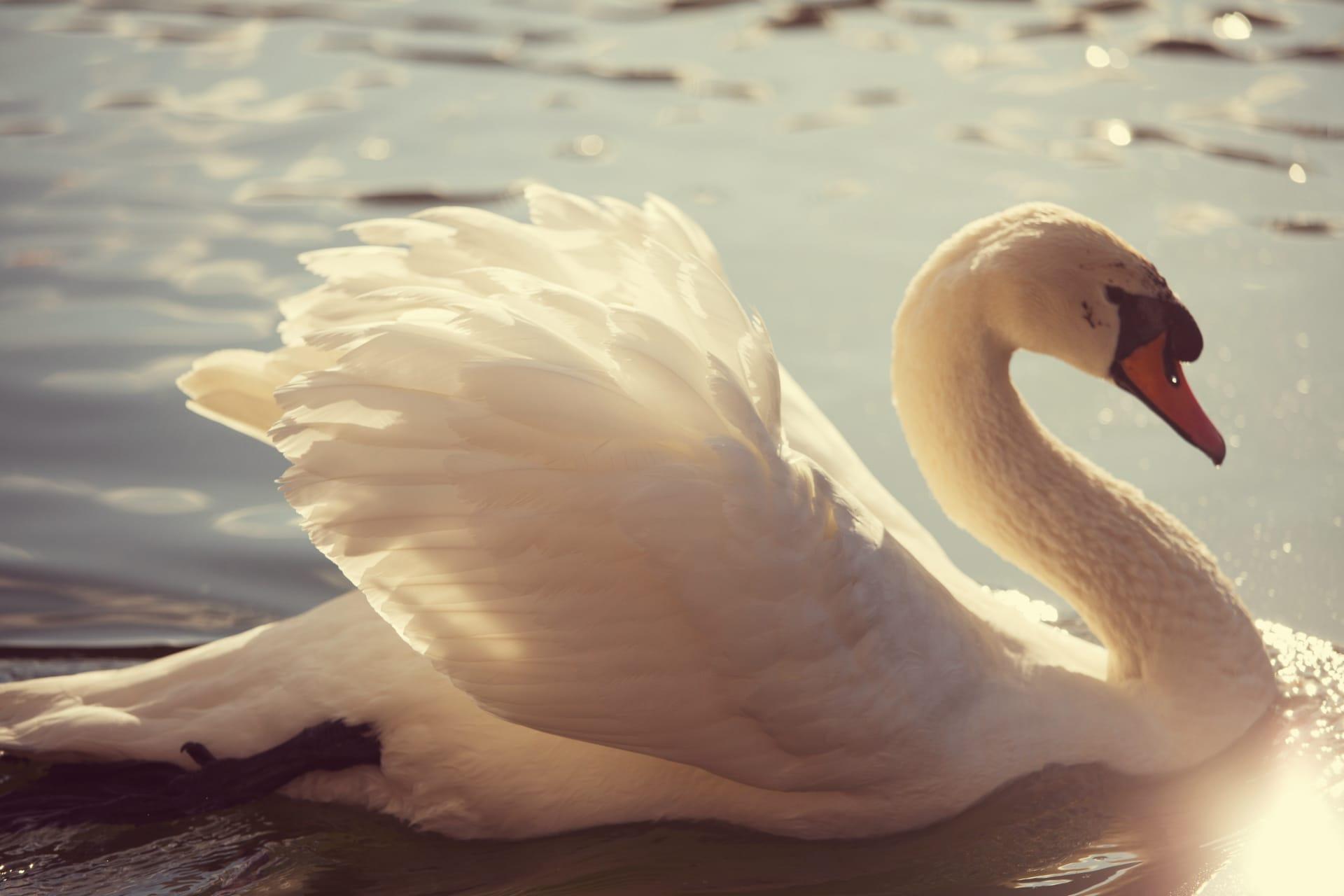Swan Characteristics
- Home /
- Mini Encyclopedia /
- Animal /
- Swan Characteristics
1
Swans, majestic and elegant birds, are known for their impressive size among waterfowl. Adult swans typically range from about 140 to 160 centimeters in length, with a wingspan stretching up to 240 centimeters, making them one of the largest flying birds. Their weight varies between 10 to 15 kilograms. Swans are distinguished by their long necks, which account for over a third of their total body length. This distinctive feature aids in foraging in deeper waters. In terms of lifespan, swans are quite long-lived compared to other birds, often reaching 20 to 30 years in the wild, with some individuals living up to 50 years under human care.
The most remarkable organ of a swan is arguably its beak, which is more than just a feeding tool. It's equipped with a serrated edge, known as 'tomia,' which helps in gripping slippery fish and cutting through water vegetation. Additionally, the beak contains a super-sensitive skin patch, or 'bill tip organ,' packed with sensory nerve endings. This unique adaptation allows swans to detect food in murky waters, making their foraging exceptionally efficient. The bill tip organ is a fine example of tactile feeding adaptation, allowing swans to 'feel' their food.

2
Question: Can swans change color as they age?
Answer: Yes, swans undergo a noticeable color change as they mature. Cygnets, or baby swans, are born with fluffy gray or brown plumage, which serves as camouflage. As they grow, their feathers gradually turn white, a process completed by the time they reach adulthood, around 3 to 4 years old. This transformation is not just cosmetic; the white plumage reflects sunlight, which helps adult swans regulate their body temperature. The stark contrast between the young and adult plumage is a fascinating aspect of swan development.

3
Swans are renowned for their graceful movements both in water and air. In water, they glide effortlessly, thanks to their webbed feet and powerful leg muscles. Their swimming speed averages around 1 to 2 kilometers per hour. In flight, swans are equally impressive. Despite their large size, they can fly at speeds of up to 60 kilometers per hour. Achieving lift-off requires a running start across the water, utilizing both wings and feet to gain momentum. Once airborne, their strong wing muscles and large wing area enable sustained flight over long distances.
Regarding feeding habits, swans are primarily herbivorous, though they occasionally eat small aquatic animals. They favor water plants, which they reach with their long necks, often submerging their heads and necks while foraging. This method, known as 'dabbling,' allows them to access food sources unavailable to many other birds. In addition, swans are known to graze on land, feeding on grass and grains. Their diet varies with season and habitat but is predominantly plant-based.

4
Swans inhabit a variety of freshwater environments, including lakes, rivers, ponds, and marshes. They prefer areas with open water for swimming and feeding, along with adjacent land for nesting. Swans are highly adaptable and can thrive in both rural and urban settings, provided there's sufficient water and food supply. They are also found in estuarine environments, though less frequently. These birds are sensitive to pollution and habitat destruction, making conservation of clean waterways crucial for their survival.
Reproduction is a significant aspect of swan life. They are known for their monogamous relationships, often forming lifelong pair bonds. The breeding season varies with location but generally occurs in spring. Nests are built near water edges, using reeds, grasses, and feathers. Females lay 3 to 8 eggs, which are incubated for about 35 to 40 days. Both parents partake in raising the cygnets, teaching them to swim and forage. Swan families stay together for several months, a period critical for cygnet survival and learning.

5
Book: "The Trumpet of the Swan" by E.B. White, a classic novel published in 1970 in the United States. This charming tale follows the story of Louis, a trumpeter swan born without a voice. To overcome his challenge, Louis learns to play a trumpet to express himself. This heartwarming story, set in the natural world, beautifully captures the life and struggles of swans through a fictional lens, making it an enjoyable read for both children and adults.
Book: "Swan: The Life and Dance of Anna Pavlova" by Laurel Snyder, released in 2015 in the United States. This children's book, though not directly about swans, is inspired by the famous ballet dancer Anna Pavlova and her iconic performance in "The Dying Swan." It beautifully intertwines the elegance of swans with Pavlova's life story, using lyrical prose and illustrations to depict the grace and beauty associated with both the bird and the dancer. The book offers a unique perspective on swans, linking them to the world of dance and human expression.